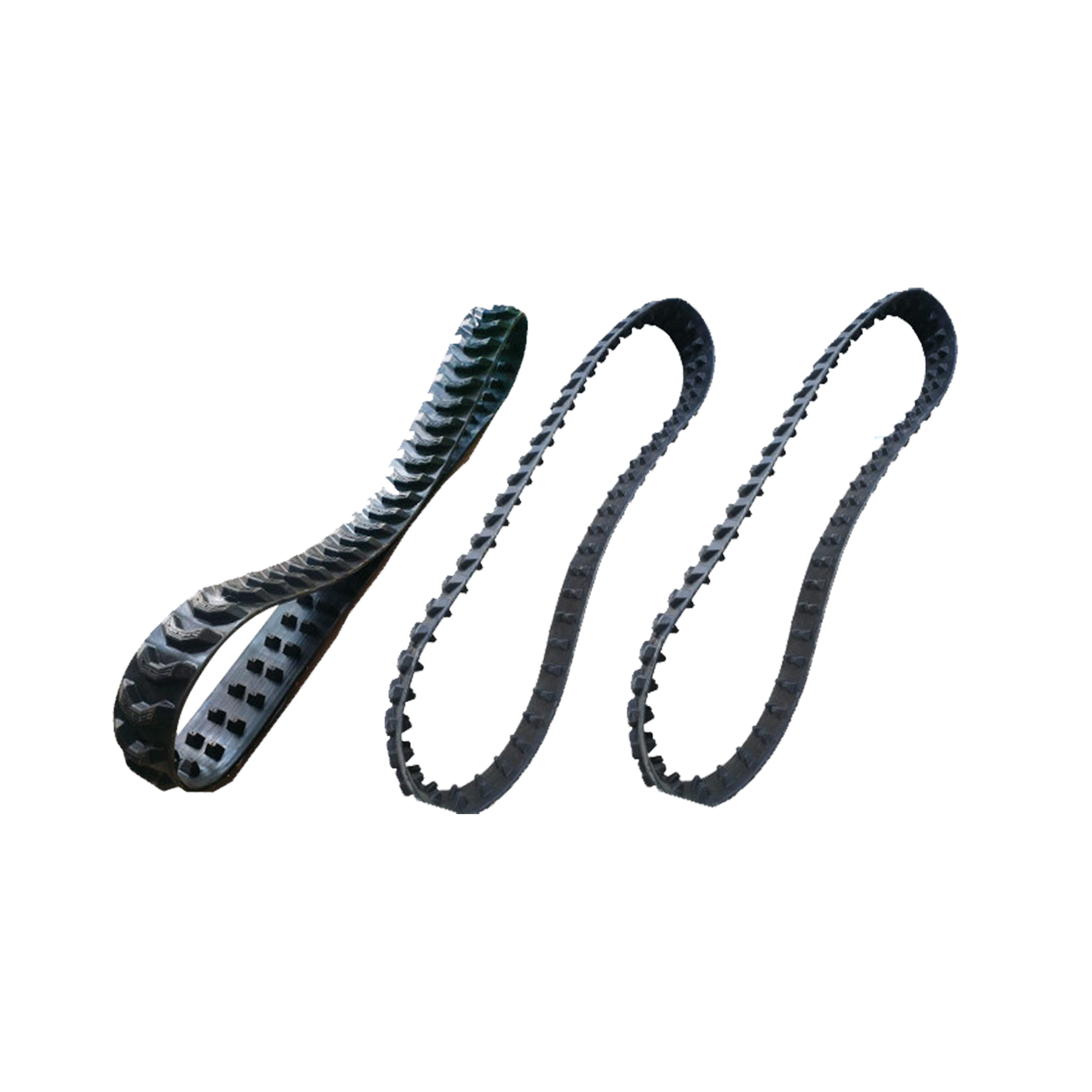Mini excavators have become indispensable machines on construction sites, landscaping projects, and utility work zones around the world. Their compact size, ease of maneuverability, and ability to work in tight spaces make them highly versatile. One essential component that supports their functionality is the track system, particularly the Replacement Rubber Crawler Tracks For Mini Excavators. Over time, the design and materials used for these tracks have evolved to meet the demands of modern work environments.

When Did Rubber Tracks Begin to Replace Steel Tracks?
In the early years of tracked machinery, steel tracks were the industry standard. These tracks were known for their strength and durability in rough terrain but had significant limitations when used on finished surfaces like pavement or concrete. Steel tracks often caused excessive wear to both the machine and the surface it operated on. As mini excavators gained popularity in urban and residential applications during the late 20th century, the need for a less aggressive, more versatile track system became evident.
The introduction of Replacement Rubber Crawler Tracks For Mini Excavators in the 1980s marked a turning point. Early versions were simpler and less durable than today's models, but they offered critical advantages—reduced ground damage, quieter operation, and greater comfort for operators. These benefits made rubber tracks a preferred option for compact equipment working on a variety of surfaces.
How Have the Materials Used in Replacement Rubber Crawler Tracks For Mini Excavators Evolved?
The generations of Replacement Rubber Crawler Tracks For Mini Excavators were typically made of basic natural rubber compounds. While they provided cushioning and lower vibration than steel tracks, they wore out quickly under heavy use or harsh conditions. Recognizing the need for more robust alternatives, manufacturers began developing reinforced rubber tracks in the 1990s.
Modern Replacement Rubber Crawler Tracks For Mini Excavators now utilize multi-layered rubber blends reinforced with steel cords or high-tensile synthetic materials. These innovations significantly increase the tensile strength, impact resistance, and flexibility of the tracks. Some of the latest versions even incorporate continuous steel cords to enhance structural integrity and prevent breakage under tension.
These improvements allow Replacement Rubber Crawler Tracks For Mini Excavators to function reliably in muddy, rocky, or abrasive environments while maintaining traction and flexibility. Today's tracks are also more resistant to cracking caused by UV exposure or chemical spills, thanks to the use of advanced rubber compounds.
What Advancements Have Been Made in Track Design?
Beyond material improvements, the design of Replacement Rubber Crawler Tracks For Mini Excavators has also advanced significantly. Early rubber tracks had relatively simple lug and tread patterns, limiting their effectiveness in certain types of terrain. As technology progressed, engineers began using computer-aided design (CAD) and field testing to develop optimized tread patterns that improve traction, reduce slippage, and evenly distribute weight.
Modern Replacement Rubber Crawler Tracks For Mini Excavators often feature non-directional tread patterns for enhanced grip on loose soil or gravel, as well as specialized lug configurations for better stability on slopes. Some designs even include embedded wear indicators that help users gauge when it's time to replace the tracks, reducing downtime and unexpected maintenance.
Why Has Demand for Replacement Rubber Crawler Tracks For Mini Excavators Increased?
As mini excavators have become more common in diverse applications, the demand for Replacement Rubber Crawler Tracks For Mini Excavators has grown steadily. These machines are now used in everything from sewer installations to landscaping, and each application may place unique demands on the tracks.
The modular design of mini excavators allows for relatively quick and simple track replacement, encouraging contractors and fleet operators to keep machines in top condition. With the rise in machine rentals and secondhand equipment sales, there has also been a growing market for high-quality Replacement Rubber Crawler Tracks For Mini Excavators, as users look to extend the lifespan of their machines without the high cost of original parts.